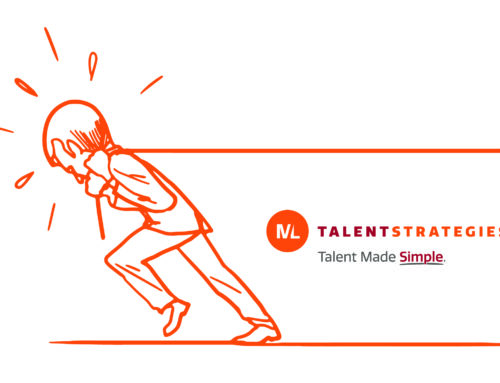Overcoming the Fear of Outsourcing
ML Talent Strategies • February 22, 2021
“We definitely need help. We can’t afford it unless we outsource. The last time we hired a consultant, it was a disaster. Never again.” Sound familiar? Small and mid-sized businesses that need specific expertise or skills often struggle needlessly because they’ve had a bad experience in the past.
The Great Misunderstanding
These “disasters” are almost always grounded in misunderstanding and one of the biggest is around services provided. Consulting is different from Outsourcing. How?
Consulting: This might involve facilitating leadership discussions or retreats, advising on processes, or creating a strategic plan. It doesn’t involve actual implementation or execution of specific tasks. Picture a football coach with a playbook at training camp or on the sidelines.
Outsourcing: The work done is what a company would expect from an employee in that role without having the legal and tax liabilities of one. Here, think first football players with 2-year contracts.
This can also include fractional relationships indicating a higher level of experience, expertise and competency – allowing more bang for your buck. Now, imagine getting a player with 3 championship rings for the 3rd quarter instead of a rookie for the whole game.
So, how can a company ensure they get what’s expected? Here are three essentials to keep everyone on the same page.
1. Agree on Deliverables
Before any work begins, both parties must agree on deliverables. They should be very specific with critical details spelled out clearly including timelines, in-person meetings vs. conference calls, and specific collateral like handbooks or processes. If the organization needs help with hiring, determine if that includes resume review, interview help, salary review, you name it. Making assumptions during this step will lead to frustration later.
2. Define Success Upfront
Definitions are specific and detailed, so the meaning is clear. Success must be defined and agreed upon at the beginning of the relationship for the same reasons. For long projects or ongoing work, it’s helpful to break things up into phases and define the incremental success criteria. The natural checkpoints for each phase provide opportunities to celebrate wins and ensure everyone’s on the same page. Disconnects can also be handled so they don’t affect future phases.
3. Communicate Often
Ferris Bueller reminds us “life moves fast” so it’s important to communicate often enough to stay in synch without being annoying. This may take some figuring out but stick with it and ask questions that lead to clarity. When changes arise—and they will—discuss them openly and conclude the conversation where the relationship began: agree upon the deliverables and define success before executing changes.




